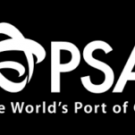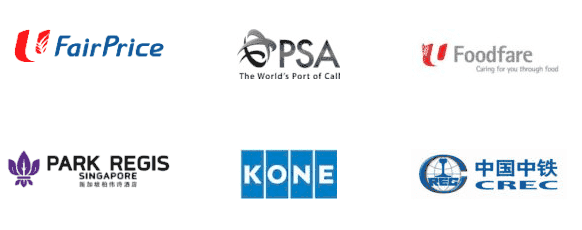Audits are critical to business operations, ensuring financial transparency and accountability. In Singapore’s business environment, understanding the audit process is crucial for small and medium enterprises (SMEs). The regulatory landscape is governed by legislations, like the Companies Act and the Singapore Financial Reporting Standards (SFRS), designed to uphold the integrity of financial reporting.
For SMEs operating in Singapore, staying abreast of these regulations is not just a legal necessity but a strategic advantage, promoting operational excellence and fostering investor confidence. While it’s essential to understand these regulations, implementing them can pose significant challenges for burgeoning businesses.
This blog explores how small businesses in Singapore can navigate the complexities of audit requirements, the critical role of compliance in meeting statutory requirements, and securing the operational and financial groundwork essential for sustainable business growth.
Importance of Compliance for SMEs
For small and medium-sized enterprises in Singapore, audit compliance is more than a regulatory hurdle; it is the basis of business integrity and success. Compliance with audit requirements solidifies a company’s credibility and is instrumental in attracting investments and partnerships. It also plays a crucial role in decision-making processes, offering clear insights into the business’ financial health.
However, non-compliance can have severe consequences. Beyond the immediate legal ramifications, such as fines and sanctions, there are long-term repercussions, including reputational damage and impaired financial viability. These potential risks highlight the importance of understanding and adhering to audit regulations, safeguarding the business and its stakeholders from unexpected liabilities.
Overview of Common Challenges and Solutions
Navigating the audit requirements in Singapore presents several challenges for SMEs. One significant hurdle is resource limitation. Smaller companies often need more in-house expertise and financial capacity to manage comprehensive audits that conform to rigorous standards like the Singapore Financial Reporting Standards (SFRS).
Furthermore, keeping up-to-date with continuous regulatory changes can be daunting for businesses already stretched thin and managing day-to-day operations. Another frequent issue is the complexity of financial standards and regulations. Misinterpretations or lack of understanding can lead to non-compliance, unintentionally putting the business at risk of legal penalties and reputational harm.
Fortunately, there are practical solutions to these challenges:
- Adopting Efficient Accounting Systems: Leveraging modern accounting software can help streamline audit processes, ensuring accuracy and compliance while saving time and resources.
- Continuous Professional Education: Regular training and updates for staff on the latest financial regulations and standards can mitigate risks associated with non-compliance.
- Seeking Expert Advice: Partnering with seasoned audit and accounting firms can provide guidance and support to navigate complex audit landscapes. These experts bring a wealth of experience and can offer tailored solutions that fit the unique needs of each private company.
How AG Singapore Can Assist in Ensuring Compliance Within 30 Days
For SMEs facing the complexities of audit compliance, engaging a mid-tier accounting company like AG Singapore may help offer a suitable solution. Our firm is committed to delivering high-quality audit results within a 30-day timeframe, distinguishing our accounting services from others in the market. This outcome can be achieved through the expertise of our professionals and efficient, technology-driven processes.
Our auditors are also adept at meeting the unique needs of SMEs, ensuring that our services are comprehensive and compliant with Singapore’s audit requirements. By completing audits swiftly, we adhere to legal standards and provide valuable insights that empower businesses to make informed decisions, supporting their growth and stability.

Secure Your Business Future with Audit Compliance
Audit compliance is not merely a regulatory requirement; it’s a strategic asset for SMEs in Singapore. By adhering to audit standards and regulations, you can avoid the pitfalls of non-compliance and enhance operational transparency and stakeholder trust. This is crucial for attracting investments and facilitating sustainable growth.
Take a proactive step towards securing your business’ future by ensuring audit compliance with AG Singapore. Connect with our experts today to learn how our audit services in Singapore can benefit your business.














